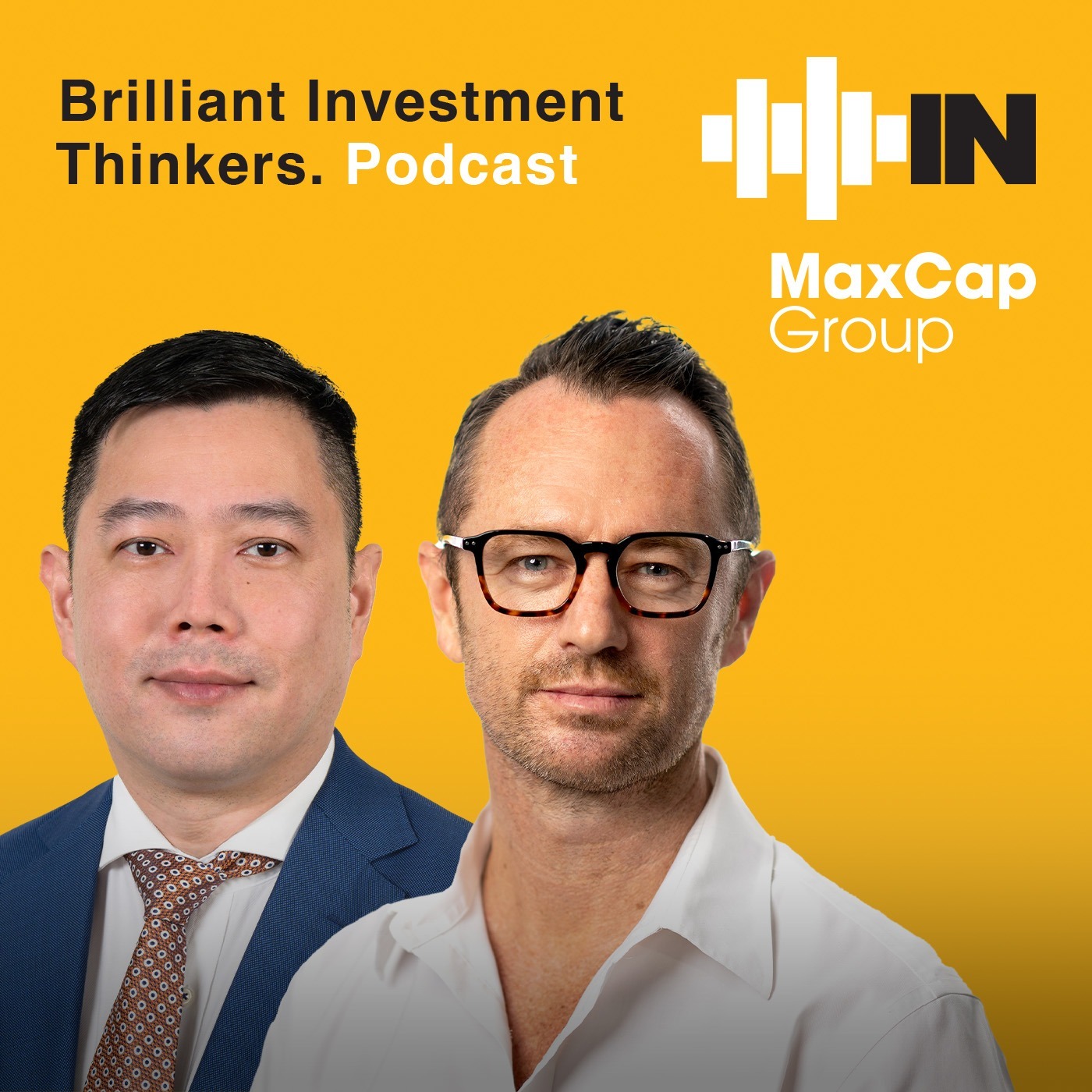Evergreen secondaries exposure striking a chord with advice market
The global secondaries fund manager Coller Capital, which has about $US38 billion ($60 billion) in funds under management, launched a private equities fund late last year and a private credit fund earlier this year in Australia, and is quickly finding that these two investment options are resonating strongly with the wholesale market.
Head of Australia and New Zealand private wealth distribution, David Hallifax, who has just a completed a roadshow with Jake Elmhirst, partner and head of Private Wealth Secondaries Solutions, says institutional investors have long appreciated the role the private equity and credit secondaries markets can play in their portfolios – and now advisers and their high-net-worth clients are seeing the same opportunity.
For Elmhirst, this is not surprising. “The investment themes around the secondaries market are compelling: enhanced diversification, acquiring portfolios at a discount to net asset value (NAV), shorter investment duration and reduction of what we call the ‘blind pool’ risk.
“To elaborate, investing in secondaries allows the acquisition of portfolios at a discount to their intrinsic value, something primary funds cannot do.
“In addition, large secondaries funds typically have exposure to hundreds of underlying funds and thousands of portfolio companies, providing investors with diversification by investment strategy, geography, industry sector and fund manager.”
He says the shorter investment duration means less time waiting to receive fund distributions. In some instances, the fund might be paying distributions already.
But it’s the reduction in the blind-pool risk that Elmhirst believes will have great appeal to advisers and their clients. “Secondaries investments are made in portfolios already substantially invested, so buyers can conduct extensive due diligence on underlying assets and actively construct their portfolios.
“Therefore, the blind-pool risks associated with primary fund investing are significantly reduced for secondaries investors.”
Hallifax says there has been a “educational element” relating to the two recently launched funds, but adds it’s been a revelation as to how quickly advisers have understood the investment concepts underpinning the secondaries market and what it can offer their clients in terms of diversification.
In the credit space, the Coller Private Credit Secondaries Fund aims to deliver a combination of absolute and risk-adjusted returns, diversification and the opportunity for more liquidity than traditional private credit funds.
For equities, the Coller Private Equity Secondaries Fund is the manager’s first dedicated evergreen fund for Australian private wealth investors, giving them access to a diversified portfolio of private equity investments.
Whether it’s credit or equities, the private capital secondaries market is enjoying exponential growth.
Although the market has existed since the early 1990s, growth was incremental, driven by a small number of participants with little in the way of market infrastructure. But in the wake of the GFC, the market began to mature with a growing universe of buyers and sellers.
But 2017 was lift-off, with the rapid growth in scale and scope of private markets driving a similar outcome in the secondaries market. In that year, annual volume was $US52 billion ($82 billion), a figure that reached $US160 billion ($256billion) in 2024. The rate of growth has yielded projections of volume surpassing $US500 billion ($792 billion) by 2030.
For investors that have joined the private capital secondaries market bandwagon, the returns have justified the investment.
Elmhirst says the historical evidence over the past two decades shows that private capital secondaries funds have outperformed venture capital funds, biotech funds and growth equity funds, whether on a risk-adjusted or absolute-return basis – and with less volatility.
“Numerically, these private capital secondaries funds have delivered, on average, median returns in the low to mid-teens – a handsome outcome. That’s the past, of course, and no guarantee of future returns, but, at the very least, it means this alternative asset class has a story to tell.”
Little wonder advisers from Cairns to Perth are listening to the private capital secondaries story – intently.











